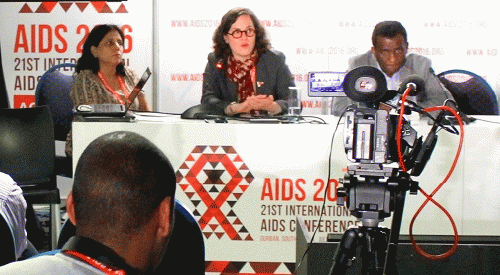"Children are central to where we are heading for in TB control. If we aim to end TB in the next 20 years we should know the trends in infection and disease in the paediatric population and amend it," said Dr Jennifer Furin of Harvard Medical School, at a session in International TB Conference (TB 2016) - a two-day conference dedicated exclusively to this infectious disease - that immediately preceded the 21st International AIDS Conference (AIDS 2016) being currently held in port city of Durban. The World Health Organisation (WHO) estimates that nearly 1 million children get infected with TB and more than 30,000 children become sick every year with multidrug-resistant TB (MDR-TB).
A survey in India done by Revised National TB Control Programme (RNTCP) found that 9% of children with TB were already resistant to rifampicin, before they started treatment. Another study estimated that 2 million children had latent MDR-TB infection. However the actual magnitude of the childhood TB epidemic is likely to be much higher than that currently estimated, as TB in children is often missed due to non-specific symptoms and difficulties in diagnosis.
Unbelievable but true: children not our primary focus
Dr Furin expressed her outrage for very little attention being paid to paediatric TB care and control. "Children need to be our primary focus but they are not. We are practicing the trickle down effect in paediatric TB. We assume that whatever good is happening for adults will somehow make it down for children. But there is a wide gap between our expectations and the ground reality," she said.
Some of the current gaps in paediatric TB care Dr Furin pointed out are lack of - point-of-care test on easily accessible samples; sensitive screening tools; effective nontoxic TB treatment; all oral short course potent regimens for all forms of TB; paediatric formulations and family-centred approach.
According to her there are three main priority areas we need to focus on:
(i) Establish long term family cohorts that are followed for 20 years or so.
(ii) Establish rapid epidemic response protocols, especially in larger MDR-TB outbreak settings (like Papua New Guinea (PNG) where 1% of the population is sick with MDR-TB) and in smaller settings with high number of exposed children (like creches and orphanages)
(iii) Commit to childhood TB as an essential part of 'End TB' strategy.
(Note: You can view every article as one long page if you sign up as an Advocate Member, or higher).






